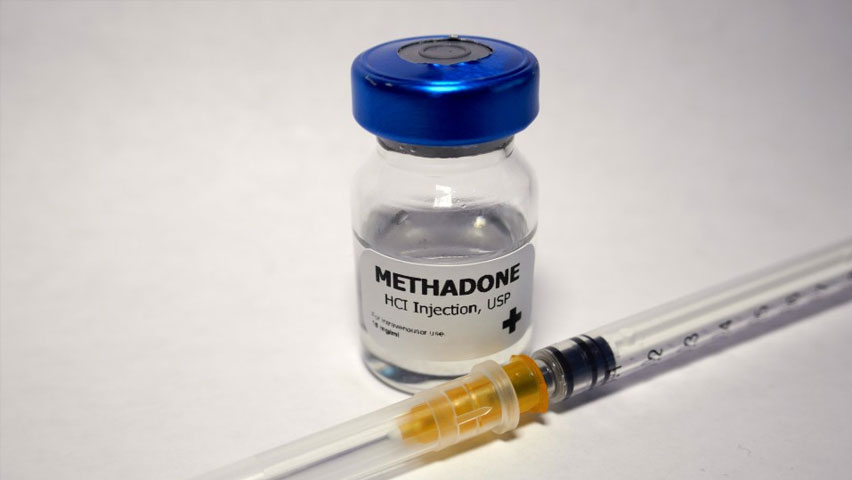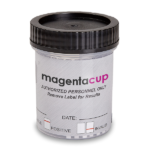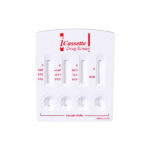
Methadone is a synthetic opioid used for pain and to treat addiction in patients with opioid dependence. It is chemically closely related to heroin and morphine and has many of the same effects, yet, if used correctly, it is medically safe. Because it is relatively inexpensive, can relieve narcotic craving, blocks the euphoric effect associated with opioids, and when properly administrated is non-sedating, it is excellent for treating addiction and allowing addicts to maintain a normal lifestyle.
Abuse and Detection
While methadone does not produce the same euphoric rush as other opioids, a new user will feel a degree of high. When that declines, the abuser may increase dosage seeking the high again, while only achieving a numbness and drugged sensation. This urge to increase dosage creates a high risk of overdose. It is most commonly taken in pills, oral solutions or injectable liquids.
Specialized Test:
An EDDP test is designed to detect the presence of a metabolite of Methadone, rather than the drug itself. This is useful in determining if individuals on a Methadone program are taking their full dose of the drug or only enough to pass a test. If the latter, they may be selling their doses on the illicit market. The EDDP test helps deter this. The metabolite can be detected with 4-6 hours after use and up to 3 days later.
Symptoms of Abuse:
Similar to other opioids: headache, dry mouth, itchiness and lack of appetite, constricted pupils, sweating, flushed appearance, mood swings. Upon withdrawal, other symptoms may occur: sleeplessness and agitation, muscle aches, restlessness, yawning, dilated pupils
Testing Medium:
Urine and oral fluid
Medical Dangers (including withdrawal effects):
Overdose, depressed respiration, convulsions, coma, death
Window of Detection
Urine 3-5 days; Oral fluid 1 day






